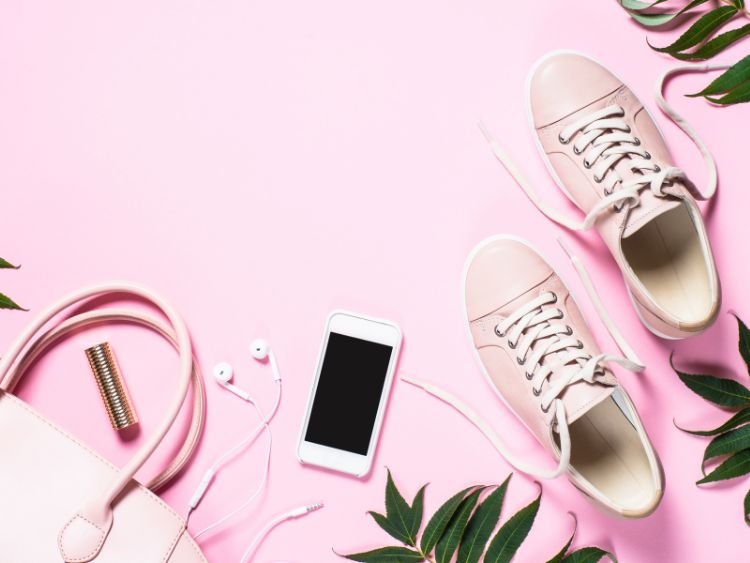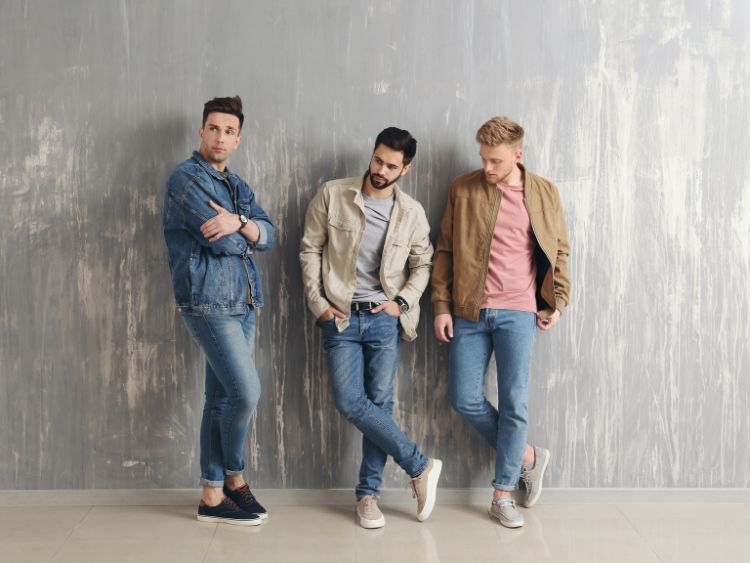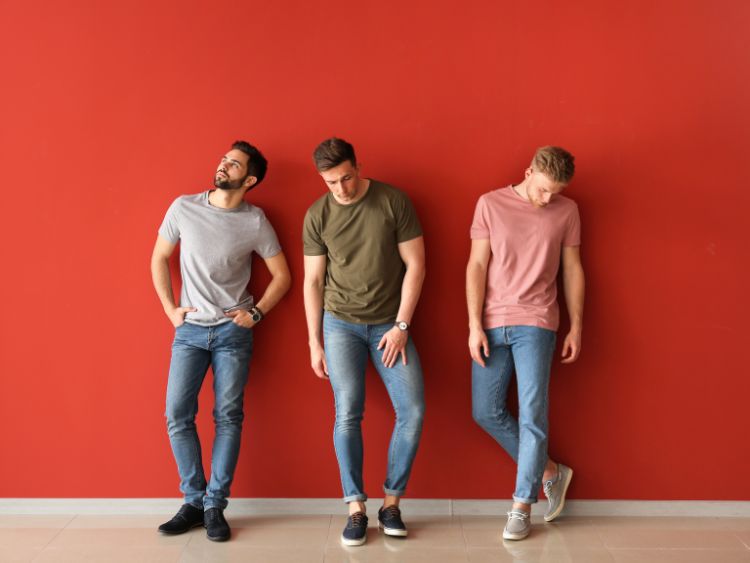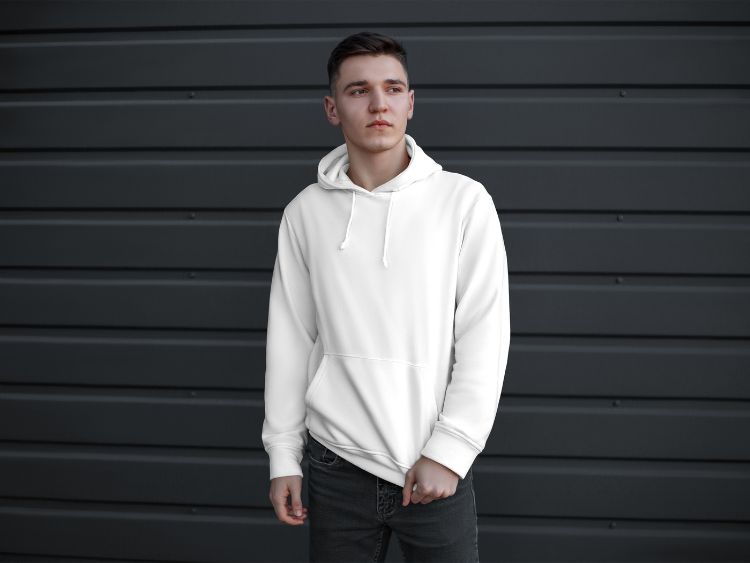The 1980s was a fashion explosion, brimming with bold colors, unique silhouettes, and an unabashed attitude that still resonates today. From power suits to punk rock leather jackets, ’80s fashion has left an indelible mark on modern trends. Let’s dive into this iconic era, exploring the fashion statements that defined a generation and continue to inspire wardrobes around the world.
The Rise of ’80s Fashion
Ah, the 1980s—a time when fashion was as big as the hair, and style was all about making a statement. The decade brought about daring choices that encouraged self-expression through bright colors, dramatic accessories, and oversized everything. Whether you were channeling Madonna’s rebellious style or taking inspiration from Wall Street’s power suits, there was something for everyone in this unforgettable era.
But what made ’80s fashion so iconic? It was the fusion of culture, music, and societal changes that shaped its vibrant trends. MTV had just hit the airwaves, showcasing musicians whose style choices quickly influenced the masses. Designers like Gianni Versace and Vivienne Westwood pushed the boundaries of what was possible in fashion. The ‘80s was also a time of materialism, and nothing said success like a designer label on your shoulder or oversized shoulder pads under your blazer.
The Power Suit: A Symbol of Ambition
The power suit, with its broad shoulders and cinched waists, became a symbol of the ambitious, career-driven woman. Women entered the workforce in larger numbers during the 1980s, and their wardrobe choices reflected their desire to be taken seriously. Power suits featured bold patterns, sharp tailoring, and—you guessed it—massive shoulder pads.
Key Features of the Power Suit:
- Shoulder Pads: The larger, the better.
- Bold Colors: Reds, blues, and even pastels made their way into corporate attire.
- Matching Blazers and Skirts: Typically worn together, these gave a polished look.
Power dressing wasn’t just for women; men also embraced this bold style, with double-breasted suits and silk ties making frequent appearances in the workplace. The goal? To look powerful, confident, and ready to conquer the world.
Punk and New Wave Fashion: Rebellion on Display
On the opposite end of the spectrum was punk and new wave fashion. Rooted in rebellion and self-expression, this subculture rejected the mainstream in favor of an edgier look. Leather jackets, ripped jeans, and safety pins became fashion staples, while neon colors and geometric patterns defined new wave fashion.
Punk fashion drew heavily from DIY culture. Bands like The Sex Pistols and The Clash didn’t just influence music; they helped shape the aesthetics of the punk scene. Safety pins weren’t just practical—they were accessories. Patches and ripped fabrics signaled defiance, and every outfit seemed to scream, “I make my own rules!”
New wave fashion, on the other hand, was more colorful and quirky, heavily influenced by the rise of electronic music. Think oversized blazers, neon accessories, and asymmetrical hairstyles.
Elements of Punk and New Wave Fashion:
- Leather Jackets: A timeless punk essential.
- Ripped Denim: A look that’s come back today.
- Bright Colors: Particularly for the new wave crowd, neon was everything.
Aerobic Wear: When Fashion Met Fitness
While some embraced the corporate world or punk rock, others leaned into the fitness craze that swept the ‘80s. This was the era of Jane Fonda workout videos, leg warmers, and high-cut leotards. Fashion wasn’t limited to the dance floor or boardroom; the gym became a runway, too.
Leg warmers, neon spandex, and headbands weren’t just workout gear—they were fashion statements. People wore these even when they weren’t breaking a sweat. Lycra and spandex became mainstream fabrics, transitioning from the gym to everyday wear, with bold colors and patterns leading the charge.
Must-Have Aerobic Wear:
- Leg Warmers: Often paired with tights and leotards.
- High-Cut Bodysuits: Typically worn over brightly colored leggings.
- Neon: A recurring theme in ‘80s fashion, especially in workout gear.
Iconic Brands and Designers
A discussion about ’80s fashion wouldn’t be complete without mentioning some of the decade’s biggest names in design. From Gianni Versace’s opulence to Vivienne Westwood’s punk roots, the designers of this era were as varied as the trends they helped create.
- Gianni Versace: Known for bold prints and glamorous evening wear, Versace embodied the lavishness of the 1980s.
- Vivienne Westwood: A punk fashion pioneer, her designs were known for pushing the envelope and embracing rebellion.
- Jean-Paul Gaultier: Famous for breaking gender norms in fashion, Gaultier’s avant-garde designs were iconic during the 1980s.
These designers didn’t just create clothes—they made statements. Their work often reflected the cultural shifts happening around them, and their influence is still felt in modern fashion.
Accessories: More Was More
In the ‘80s, accessories were all about excess. From oversized earrings to layered necklaces, the mantra was simple: the bigger, the better. Chunky plastic bangles, statement belts, and dramatic earrings were the finishing touches to any ‘80s look. Scrunchies, wide-brim hats, and gloves made popular by Madonna took center stage.
Essential ‘80s Accessories:
- Oversized Earrings: Often in neon or gold.
- Scrunchies: Hair fashion at its finest.
- Fanny Packs: Practical yet fashionable.
Pop Culture and Fashion Influence
Fashion in the 1980s was inextricably linked to pop culture. Music videos from MTV were a significant force driving trends, with artists like Madonna, Michael Jackson, and Prince becoming fashion icons in their own right.
- Madonna: Her “Like a Virgin” phase gave us lace gloves, bustiers, and layered necklaces.
- Michael Jackson: The red leather jacket from the “Thriller” music video became instantly iconic.
- Prince: With his flamboyant outfits, Prince blurred gender lines and embraced bold, luxurious fashion.
Even movies had a lasting impact on fashion. Think “Flashdance” and its influence on leg warmers and off-the-shoulder sweatshirts, or “Miami Vice” with its pastel suits and loafers. Fashion was as much about expressing your personality as it was about keeping up with the latest cultural moments.
FAQs About 1980s Fashion
Q: What were the most popular fabrics in 1980s fashion?
A: Spandex, Lycra, leather, and denim were all staples in ‘80s fashion. Fabrics that allowed for movement and form-fitting silhouettes, like Lycra, dominated aerobic wear, while denim and leather featured heavily in punk and streetwear.
Q: What colors defined the ‘80s fashion?
A: Neon, metallics, and bold, saturated colors were all hallmarks of ‘80s style. Pastels also made an appearance, particularly in corporate wear, thanks to the Miami Vice aesthetic.
Q: Were shoulder pads really that big in the 1980s?
A: Yes! Shoulder pads were a defining feature of ‘80s fashion, especially in power suits for both men and women. The bigger the shoulder pads, the more powerful the look.
Conclusion: Why ’80s Fashion Still Matters
The fashion of the 1980s was loud, daring, and unapologetic. It encouraged self-expression in ways that still influence today’s fashion. Whether it was through the bold colors of aerobic wear, the rebellion of punk fashion, or the structured elegance of power suits, ‘80s style continues to make a comeback. So, the next time you see a pair of leg warmers or a blazer with shoulder pads, know that the spirit of ‘80s fashion is alive and well, still inspiring trends and turning heads.
Authoritative Links:
- www.vogue.com/history/1980s-fashion
- www.glamour.com/1980s-fashion-trends
- www.theguardian.com/1980s-punk-fashion



